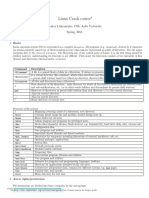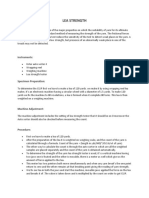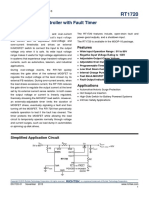0% found this document useful (0 votes)
10 views5 pagesLinux Files, Inodes, File Systems, and Processes
The document provides an overview of Linux files, inodes, file systems, and processes. It explains the types of files in Linux, the structure of inodes, and the components of file systems, including superblocks and data blocks. Additionally, it covers the definition and management of processes, including job control and scheduling tasks using at, batch, and cron.
Uploaded by
snehasabharwal544Copyright
© © All Rights Reserved
We take content rights seriously. If you suspect this is your content, claim it here.
Available Formats
Download as PDF, TXT or read online on Scribd
0% found this document useful (0 votes)
10 views5 pagesLinux Files, Inodes, File Systems, and Processes
The document provides an overview of Linux files, inodes, file systems, and processes. It explains the types of files in Linux, the structure of inodes, and the components of file systems, including superblocks and data blocks. Additionally, it covers the definition and management of processes, including job control and scheduling tasks using at, batch, and cron.
Uploaded by
snehasabharwal544Copyright
© © All Rights Reserved
We take content rights seriously. If you suspect this is your content, claim it here.
Available Formats
Download as PDF, TXT or read online on Scribd
/ 5























































































